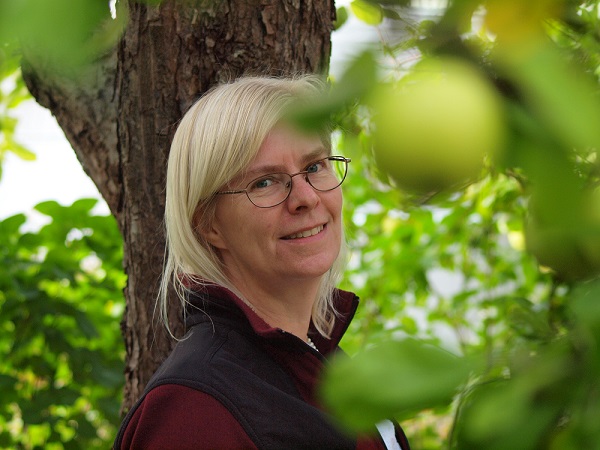We welcome Gunilla Svensson, guest professor of Fluid Mechanics
Gunilla Svensson, Professor of Meteorology at Stockholm University, joined the faculty on half time as a Guest Professor of Fluid Mechanics with specialization in Climate Modelling first of May. She will continue her research at the Department of Meteorology at SU along side with her new position. Her research covers many aspects of atmospheric flow on weather and climate time scales with a special interest to understand climate and climate change in the Arctic.

What is your area of research, and briefly, what is your research about?
I am interested in the layer closest to the surface, the atmospheric boundary layer, which is always turbulent. A general theme is that I develop and apply numerical models that I use in combination with observations to understand various processes. This contributes to improve representation of sub-grid scale processes, such as clouds and turbulent transport, in numerical models that are used for weather forecasts and to understand the climate system.
Why is research is this needed?
Climate change is a challenge to society and climate models is the only scientific tool we have to say something about the future climate change. There is also a high societal value in numerical weather forecast. Improving these models and to know their limitations are important.
What do you think is the most exciting research going on right now within your field?
The atmosphere is fascinating as it involves interactions between scales from cloud droplets to the entire globe. Global models has to be able to capture all these scales and it is exciting to learn what finer grid resolution in the numerical simulations can help us understand about the climate system. We also have much more observations to explore, for example a detailed in-situ year-long dataset that was collected by an international research team in the high Arctic, the MOSAiC expedition.
What do you hope that your cooperation with KTH can result in?
I look forward to learn and transfer research methods used in engineering turbulence research to the atmospheric community. I envision that we together can apply these methods to interesting atmospheric research problems and thereby contribute to the understanding of the climate system. I hope to expand on already ongoing research collaborations that has developed as a result of e-science cooperation within SeRC and through the Bolin Centre for Climate Research. I also hope to become involved in teaching on understanding the climate and climate change using global numerical models.
Finally, what do you do when you are not engaged in research ?
I sing in Uppsala Cathedral Choir and love to do things with my hands like knitting, weaving, quilting, embroidery.
